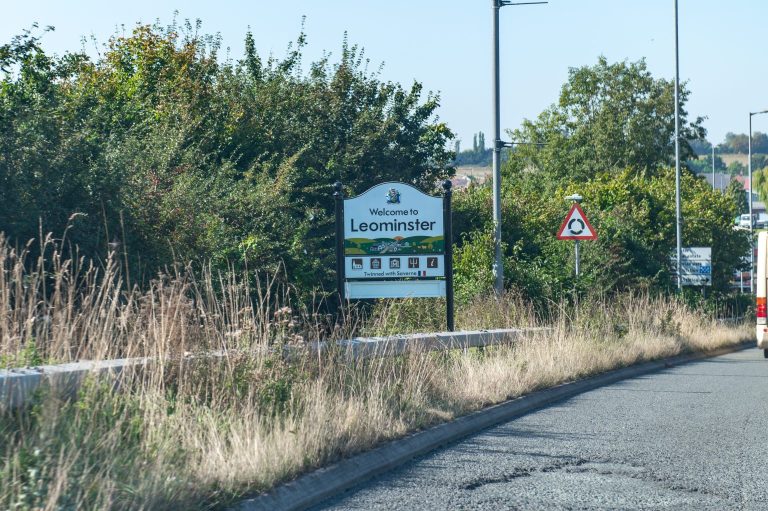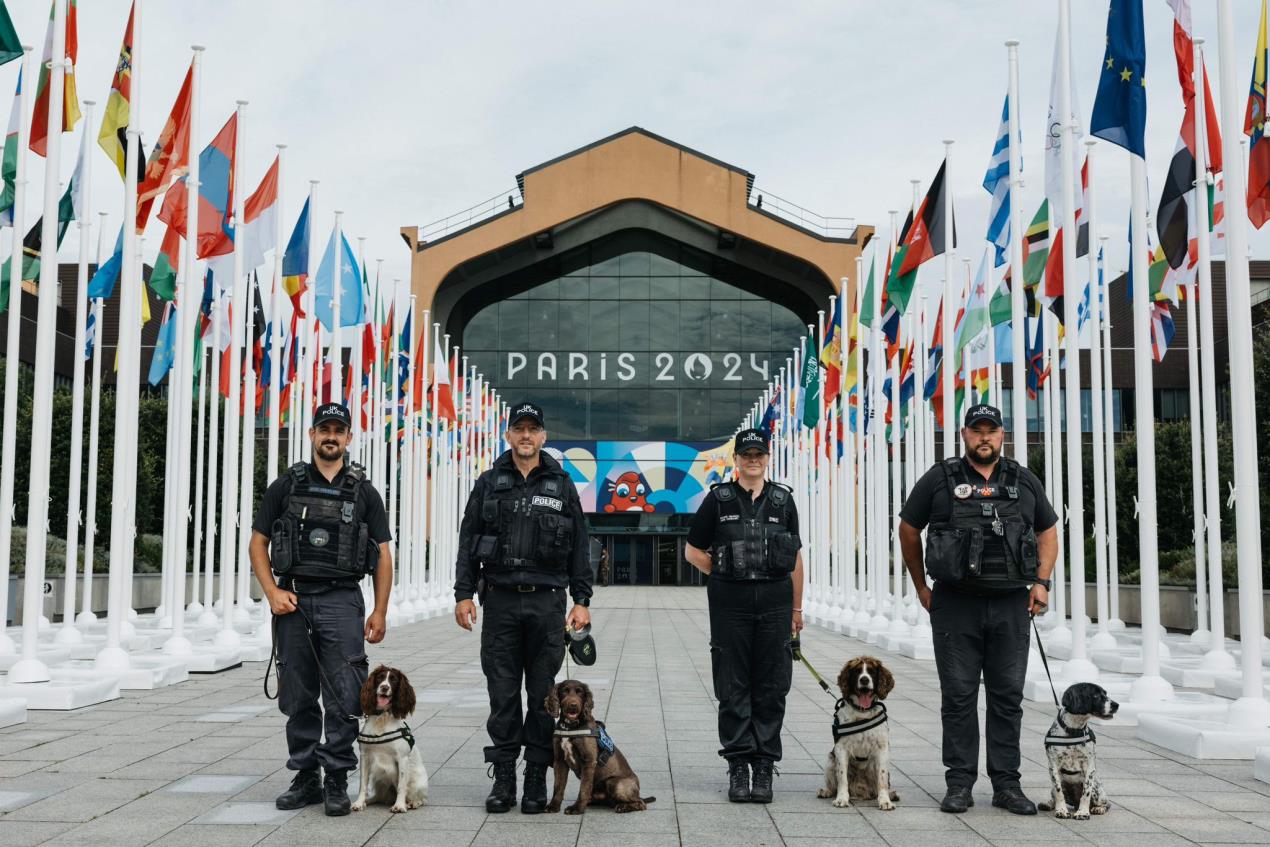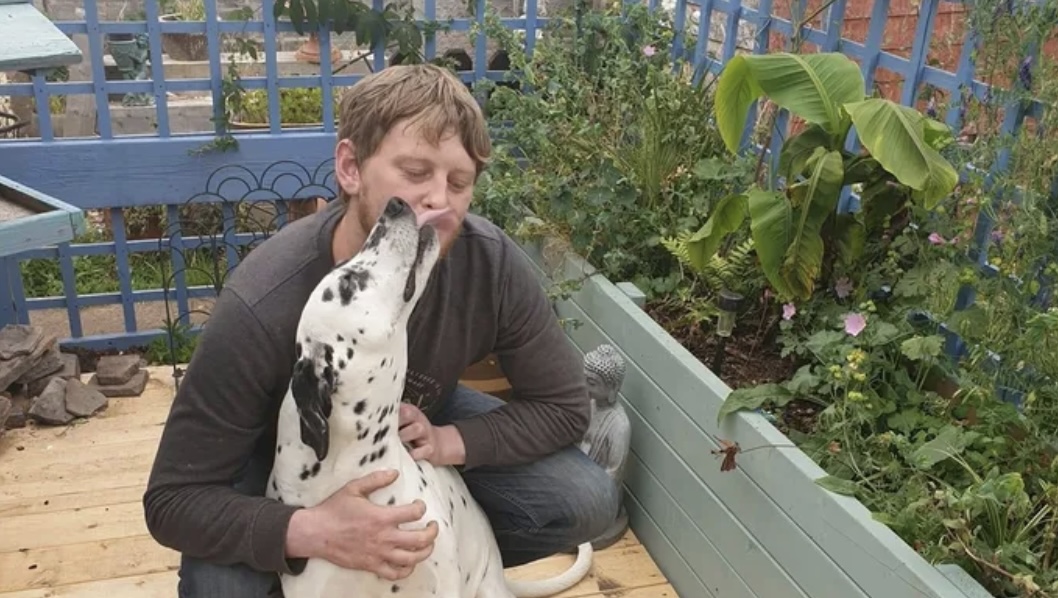There has been a significant fall in the number of new cases of COVID-19 in Herefordshire, since free testing for the majority of members of the public ended.
Overall in Herefordshire, in the seven day period ending 8th April, a total of 1,043 new cases of COVID-19 were confirmed in the county. This represents a fall of 33.9% on the previous seven day period and meant the COVID-19 infection rate in the county for this period was 538.7 cases per 100,000 population.
However, one area is bucking the trend, with the Leominster South area still recording a ‘very high’ and increasing infection rate. In the seven day period ending 8th April, a total of 54 new cases of COVID-19 were confirmed in this area. This is a 12.5% rise on the previous seven day period and meant that for this period, the COVID-19 infection rate in this area was 852.3 cases per 100,000 population.
You can view the current COVID-19 infection rate in your area of Herefordshire by visiting – Interactive map of cases | Coronavirus in the UK (data.gov.uk)
The COVID-19 vaccine developed by Valneva has today been given regulatory approval by the Medicines and Healthcare products Regulatory Agency (MHRA).
The UK’s independent medicines regulator is the first in the world to approve the Valneva vaccine which becomes the sixth COVID-19 vaccine to be granted an MHRA authorisation.
It is also the first, whole-virus inactivated COVID-19 vaccine to gain regulatory approval in the UK. With this type of vaccine, the virus is grown in a lab and then made completely inactive so that it cannot infect cells or replicate in the body but can still trigger an immune response to the COVID-19 virus. This process is widely used already in the production of flu and polio vaccines.
Dr June Raine, MHRA Chief Executive, said:
Our approval of the COVID-19 vaccine made by Valneva today follows a rigorous review of the safety, quality and effectiveness of this vaccine, and expert advice from the government’s independent scientific advisory body, the Commission on Human Medicines.”
Professor Sir Munir Pirmohamed, Chair of the independent Commission on Human Medicines, said:
The independent Commission on Human Medicines and its COVID-19 Expert Working Group has carefully considered the available evidence are pleased to say that we have advised that the benefit risk balance is positive. The vaccine is approved for use in people aged 18 to 50 years, with the first and second doses to be taken at least 28 days apart.
Each type of vaccine has a different pattern of antibody response over time. For the Valneva vaccine, two doses are required before a robust antibody response is raised. This means that people will need to be made aware that protection will only start after two doses.
The storage temperature for the Valneva vaccine – of 2°C to 8°C – is similar to that of a domestic fridge, making it appropriate for use in countries where storage at very low temperatures is not possible.
Contains public sector information licensed under the Open Government Licence v3.0.




